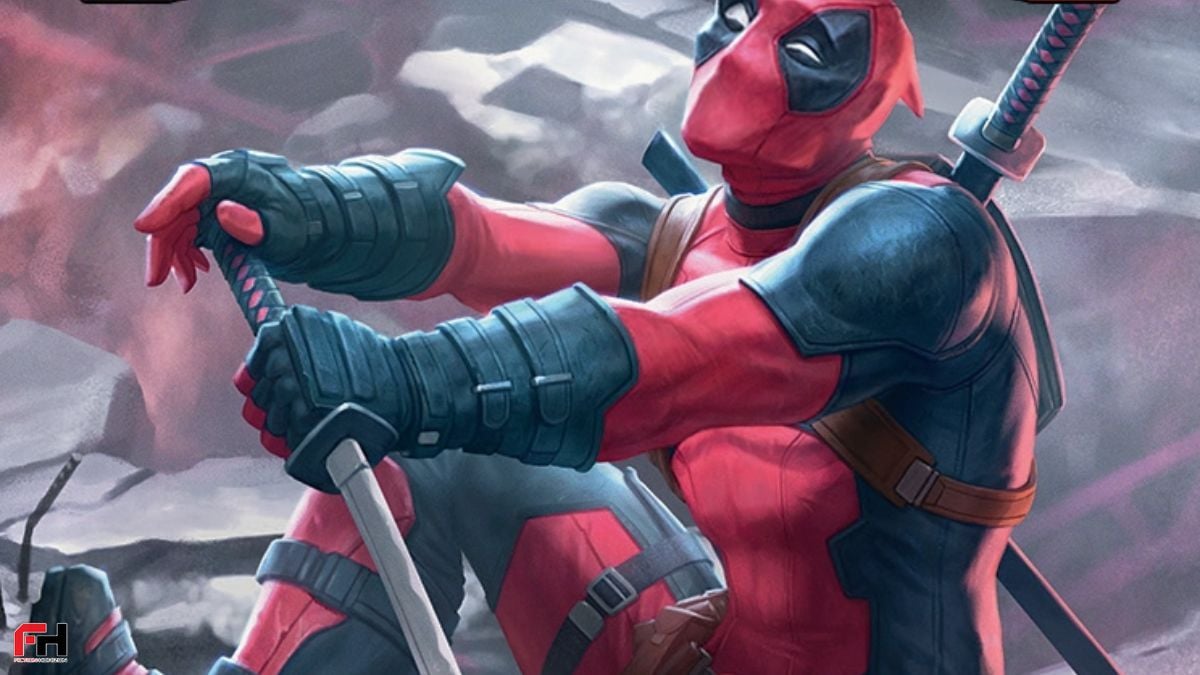
Deadpool began as a villain in Marvel Comics – a mercenary with the ability to heal quickly. He’s since become incredibly popular, appearing in comics, video games, and movies like ‘Deadpool’, ‘Deadpool 2’, and ‘Deadpool & Wolverine’. Originally created by Rob Liefeld and Fabian Nicieza, he was first introduced as Wade Wilson in the comic book *The New Mutants*, where his unique powers, personality, and life as a hired gun were first established.
He’s become popular across different types of media thanks to his unique combination of fighting ability, self-aware humor, and adaptable backstory. His history connects to key parts of the Marvel Universe – including the Weapon X program and X-Team dynamics – and his many unusual team-ups allow writers to send him on a wide range of missions, from gritty street-level stories to epic multiverse adventures, all while staying true to the character’s established history.
Regenerative Healing Factor
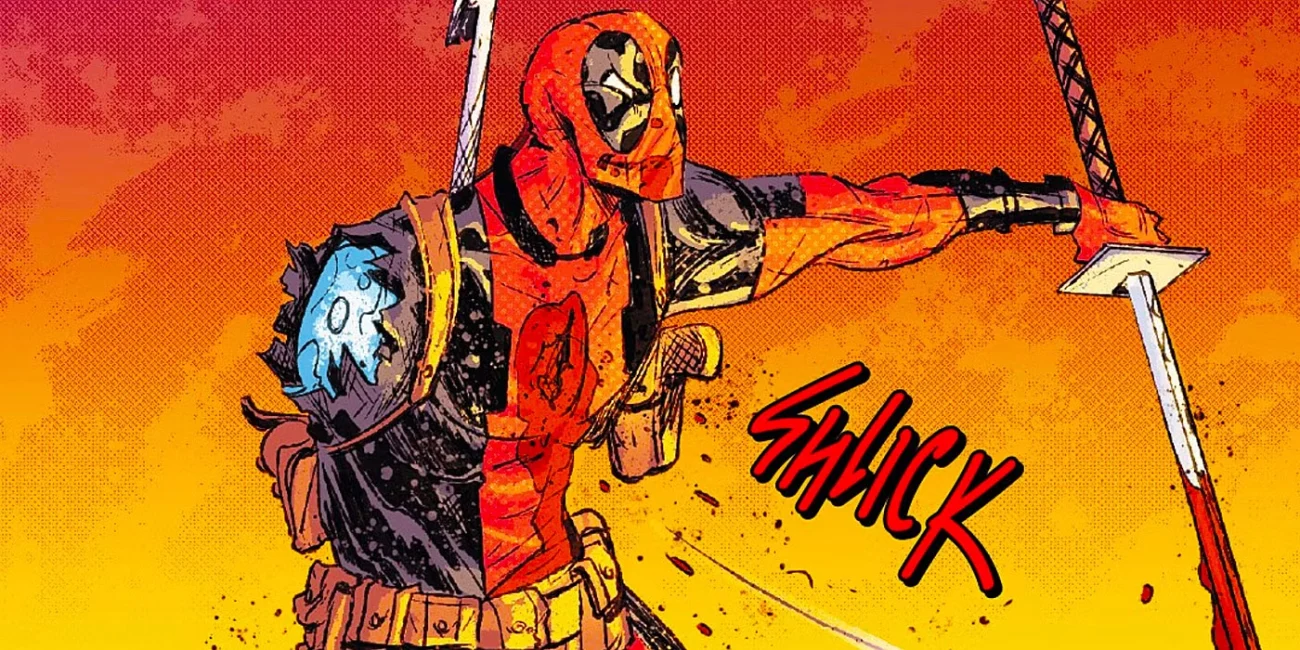
Deadpool can heal incredibly quickly from almost any injury – things like gunshots, burns, or even losing a limb – that would normally be fatal or permanently disabling. This amazing ability comes from experimental procedures he underwent as part of the Weapon X program, which fundamentally changed his body and allows his cells and organs to regenerate at an extraordinary rate.
The character’s ability to heal quickly explains why he can withstand a lot of pain and fight for a long time. This healing also causes strange medical issues – like scars that appear and disappear, and unstable cells – which become important parts of the story. These issues impact everything from his basic health readings to how his body reacts to drugs and poisons.
Fourth-Wall Awareness
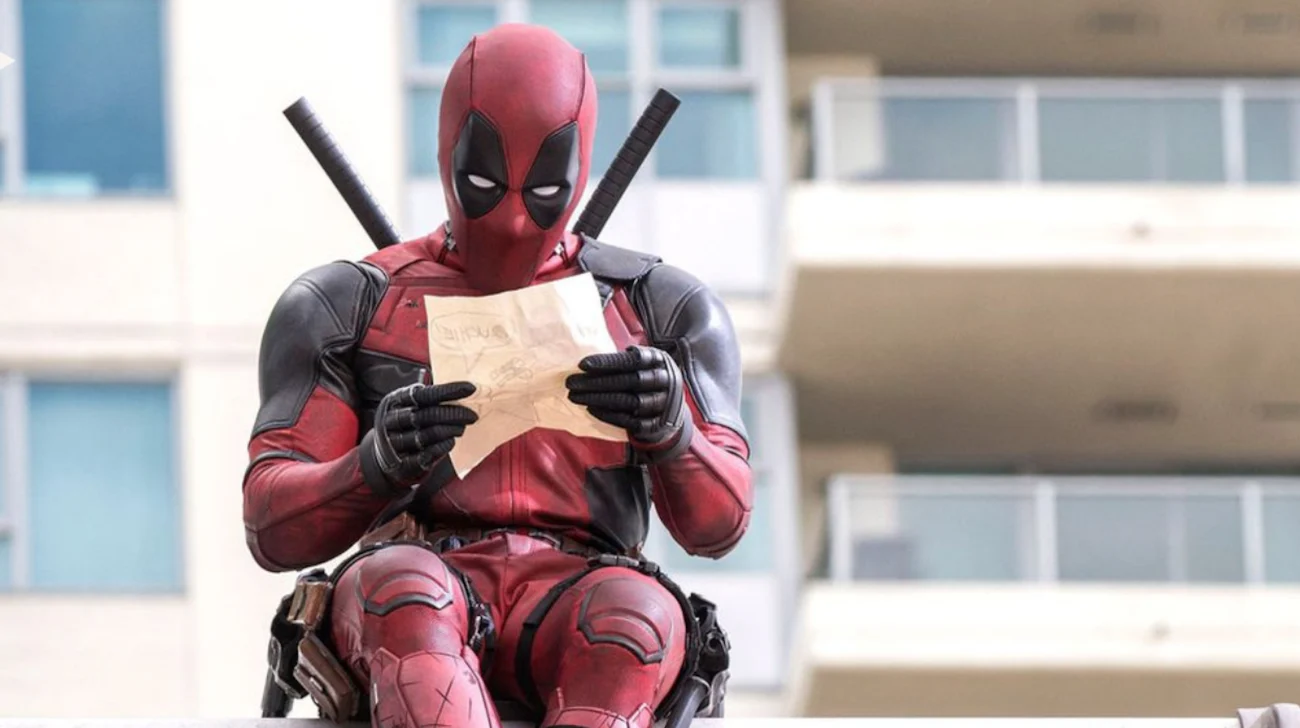
Deadpool is unique because he’s aware he’s in a comic book. He frequently breaks the fourth wall, commenting on the story itself, the way it’s presented in panels, and even the people who create it. He’ll talk directly to readers, make jokes about the history of comics while things are happening, and playfully manipulate things like sound effects or how the pages are designed to affect the scene.
This character often breaks the fourth wall in comics and TV shows, directly addressing the audience to comment on the story, joke about marketing, and even point out differences between various versions of himself. This clever method helps explain plot holes, hint at surprises, or make sense of team-ups without characters needing to awkwardly explain things to each other.
Weapon X Origins and Procedure
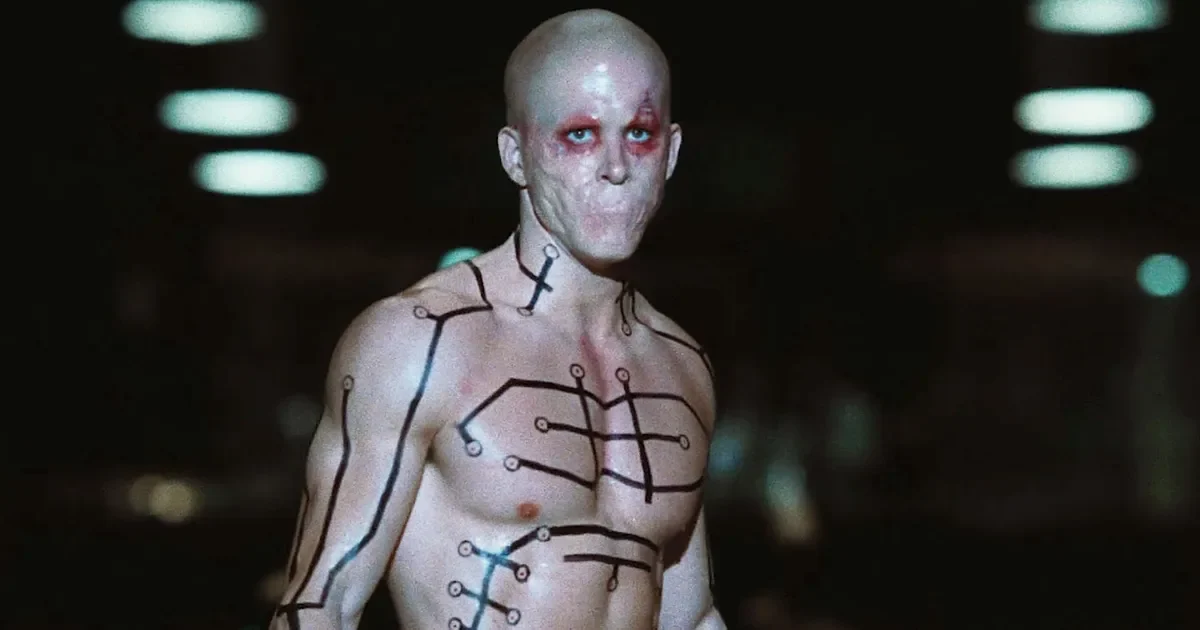
Wade Wilson gained his abilities through secret experiments that tried to copy and change the biology of super-soldiers and mutants. These procedures gave him a powerful healing ability and eliminated illnesses, but also caused lasting health problems.
Records and recovered memories reveal a history linking him to secret facilities, questionable experiments, and people who pushed him into working as a mercenary. This explains his expertise – he’s familiar with things like security systems, escape plans, and avoiding surveillance – and why he has connections in both the intelligence world and among criminals.
Combat Skillset and Improvisation

Before becoming enhanced, Wade was highly trained in combat, skilled with both guns and swords. He was known as an excellent shooter, could fight effectively with two weapons, and moved with a unique style that combined classic martial arts with improvisational grappling. This allowed him to quickly adapt and fight effectively whether enemies were close or far away.
He’s a highly skilled fighter who combines precise aim with quick, improvised strategies. He uses whatever’s around him, takes advantage of what his opponents do, and even deliberately draws attacks to create opportunities. Because he can heal quickly, he’s willing to take dangerous risks others wouldn’t, like taking a hit to get closer, but it’s a smart decision, not just showing off.
The Suit, Symbols, and Gear
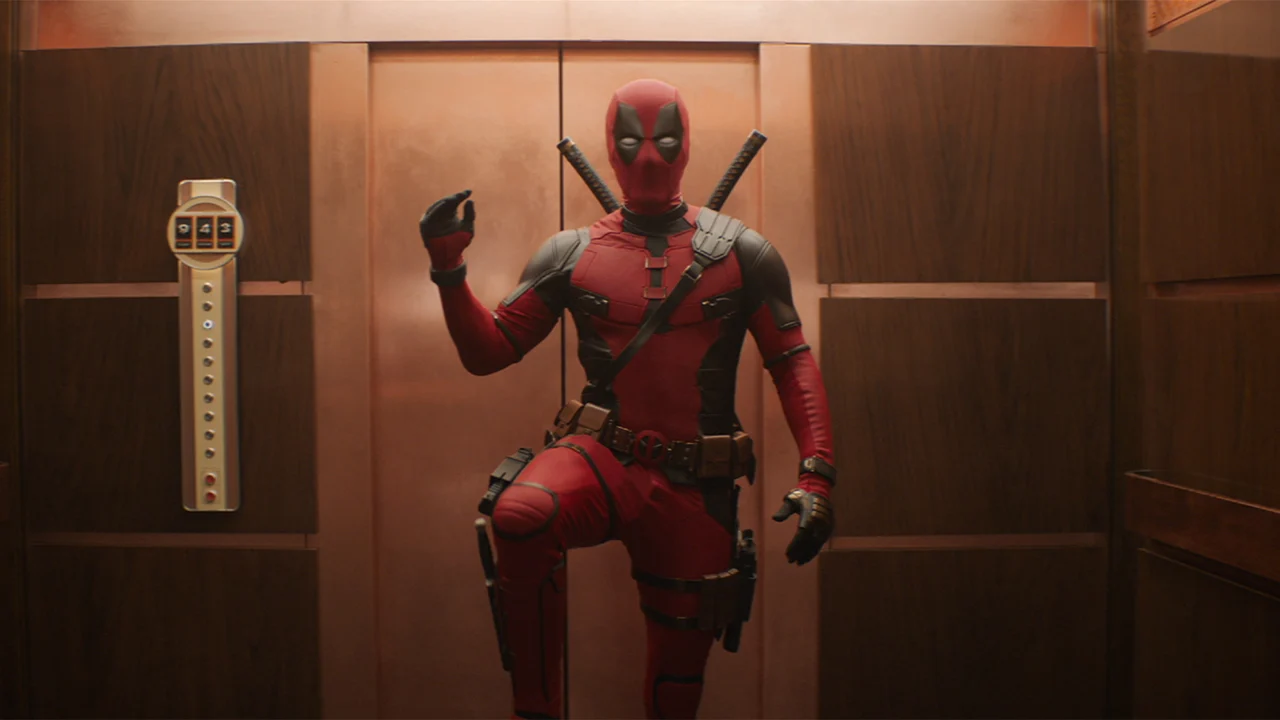
Deadpool’s red and black suit isn’t just for looks. The dark colors hide blood and damage during fights, and the suit’s separate sections allow him to carry lots of weapons and gear. His mask is designed with exaggerated eye shapes so you can easily read his expressions, even in panels without words, letting you know what he’s thinking and when he’ll act.
He usually carries a mix of weapons: katanas, small and larger pistols, and explosives, sometimes with special bullets. He also has pouches filled with useful tools like lockpicks, sticky charges, and first-aid supplies. The specific gear he brings changes depending on the mission – he’ll pack for stealth in cities or heavier firepower for open battles.
The “Merc With a Mouth” Linguistics
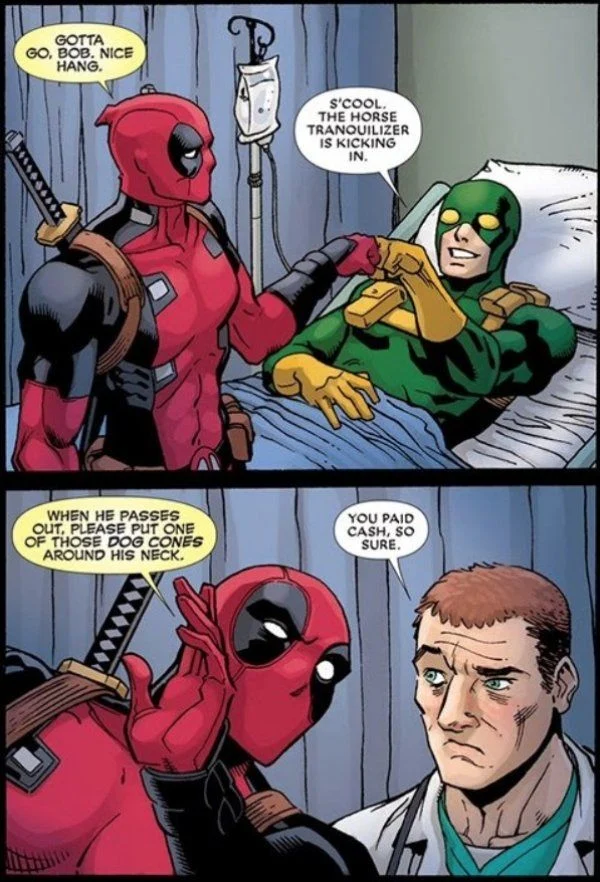
Deadpool’s constant talking is one of his defining characteristics. He throws together slang, complicated terms, and a barrage of pop culture references – often to explain his plans, confuse enemies, or playfully annoy his friends. This isn’t just chatter, though; it’s a fighting tactic. By overwhelming opponents with words, he can throw them off balance and create openings, all while quickly giving readers the information they need to understand what’s happening and why it matters.
When stories move to international locations or involve characters who speak different languages, writers frequently include brief lines of dialogue in multiple languages. This allows characters to operate within those environments – like navigating illegal markets, discussing deals, or collecting information – directly, without needing a translator. It also makes mission updates and reports smoother and more efficient.
Partnerships, Teams, and Odd-Couple Dynamics
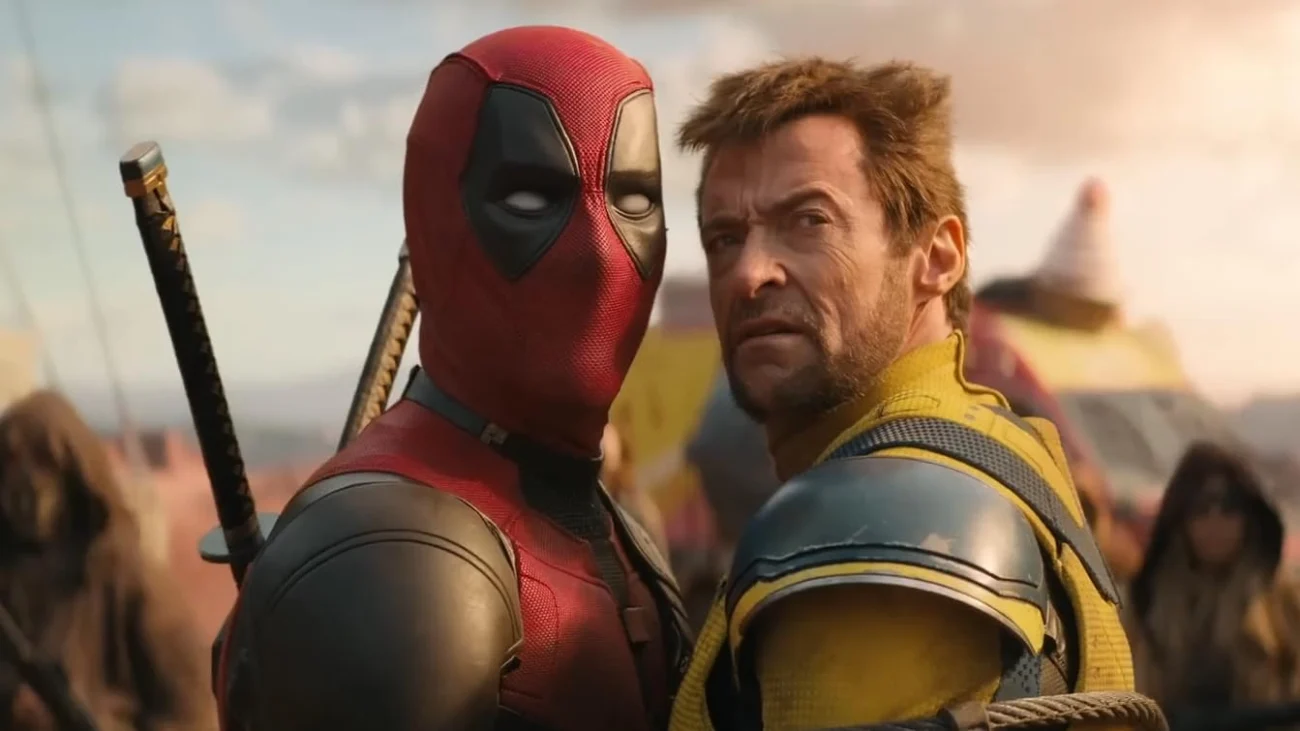
Deadpool relies on a team of allies, including Cable, Domino, and Weasel, as well as complex relationships with Blind Al and Vanessa. They provide him with essential support like transportation, information, and equipment. These connections also give him advantages – such as secure locations and anonymous accounts – that help him advance his missions.
His history of working with different teams – including established groups and temporary task forces – demonstrates his ability to operate within structured environments. These experiences show how he combines his quick thinking with planned strategies, often taking on support roles like distraction, breaking through barriers, or finishing missions after a stealthy approach.
Cross-Media Impact of the Films
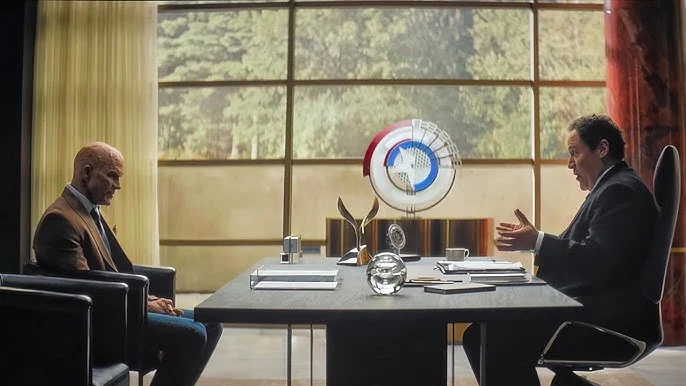
The ‘Deadpool’ movies – including ‘Deadpool’, ‘Deadpool 2’, and ‘Deadpool & Wolverine’ – show how to successfully bring a comic book’s look, witty storytelling, and intense action to a wide audience. They keep the key parts fans love, like characters directly talking to the audience and over-the-top violence, but also make sure the movies flow well and look great on the big screen.
The films were carefully made, blending exciting stunts with humor. They used a mix of real costumes and computer effects, staying true to the character’s classic look. These releases brought the character to a wider audience beyond comic book fans, and were supported by video game tie-ins and related products.
Flexible Continuity and Multiverse Storytelling
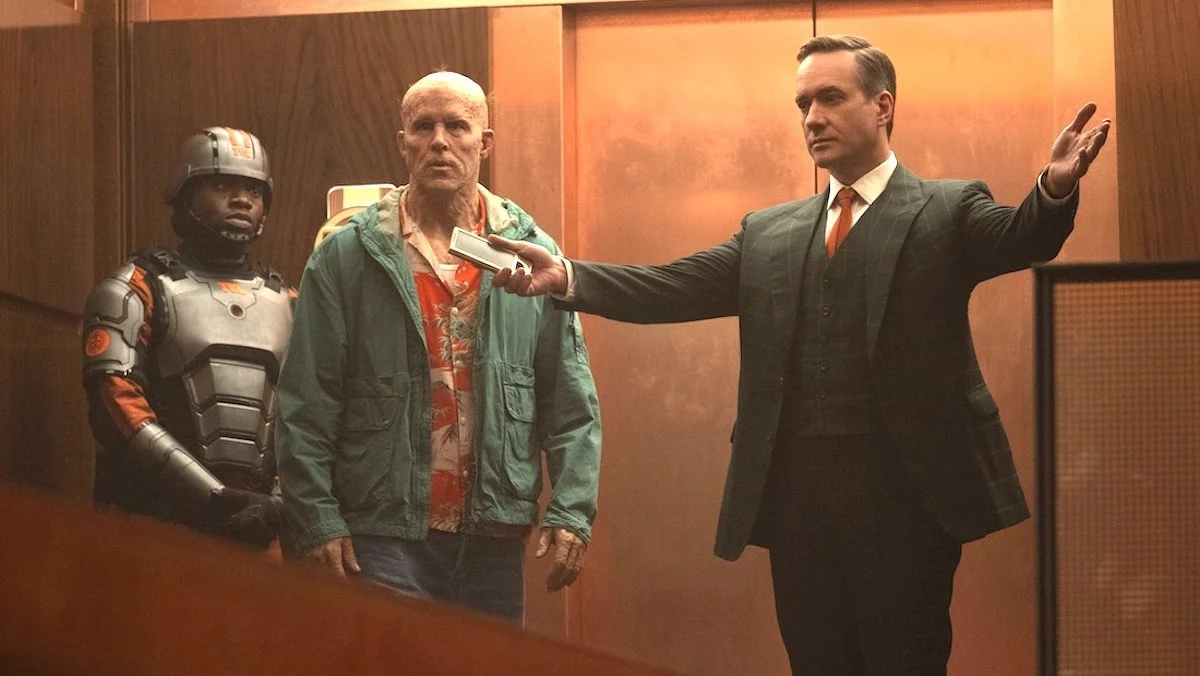
As a huge Deadpool fan, I’ve always loved how the writers can play fast and loose with the character’s history. They’re constantly bringing in ideas about alternate realities, timelines getting reset, and different versions of events. It’s brilliant because it means they can shake things up and team him up with anyone – classic heroes, legacy characters, even parallel universe versions of people we know – without having to ignore storylines that came before. It lets them create really interesting and unexpected combinations of moods and what’s at stake in the story.
As a huge movie and comic book fan, I’ve noticed a really interesting trend lately. On the big screen, they’re using things like the multiverse and crossovers to explain why characters are suddenly meeting up or getting new powers – it’s a way to shake things up. But in comics, they’re taking that flexibility even further. Miniseries and one-off issues can completely change genres – like turning a superhero story into a heist or a horror story – but they still find ways to connect back to what happened before, usually with a funny reference, a little footnote, or a quick recap. It’s like they’re saying, ‘Hey, remember that? Well, it still matters!’
Games, Animation, and Licensing Footprint
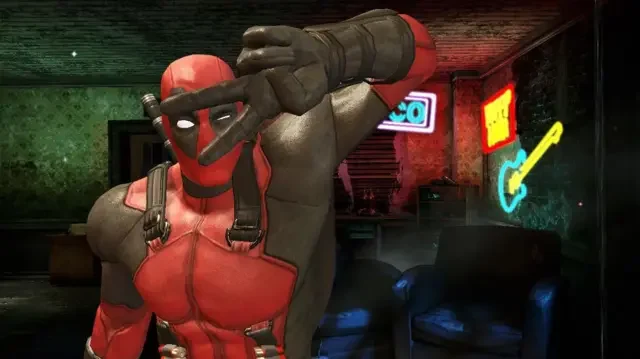
Deadpool isn’t just in comics and movies – he’s also appeared in video games for consoles and mobile devices, made brief appearances in animated shows, and been featured in collectible items. The games let players experience his signature fighting style with two weapons, character upgrades, and special moves using the environment, all while hearing his humorous, self-aware commentary during gameplay and boss battles.
The franchise allows for the creation and sale of items like statues, copies, clothing, and high-quality props based on the character’s costume and equipment. New books and collections are frequently released to coincide with appearances in movies or TV shows, both to attract new fans and to remind existing ones of key storylines.
Cultural References and Self-Commentary
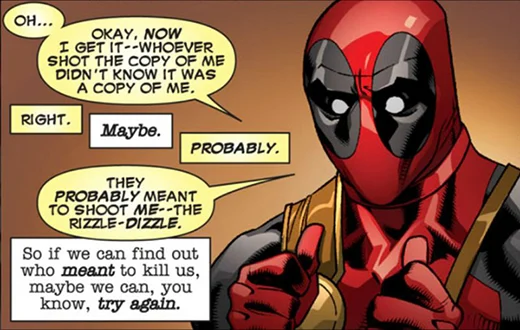
Scripts often include quick references to popular music, celebrities, and common story patterns. These aren’t just for fun – they quickly establish the mood or compare a character’s actions to something the audience already understands. It’s a way to efficiently share important backstory, motivations, or plans without lengthy explanations.
By commenting on his own work, he can look back at previous versions, explain any changes he made, and compare how things were done differently. This creates a history of the project across various formats, noting alterations to things like costumes, actors, and the main storyline. This helps viewers understand when and why a version of the story takes a new path.
Tell us your favorite thing about Deadpool in the comments! What moment, storyline, or scene do you think perfectly captures what makes him, him?
Read More
- DOGE PREDICTION. DOGE cryptocurrency
- Calvin Harris Announces India Debut With 2 Shows Across Mumbai and Bangalore in November: How to Attend
- EQT Earnings: Strong Production
- Docusign’s Theatrical Ascent Amidst Market Farce
- The Relentless Ascent of Broadcom Stock: Why It’s Not Too Late to Jump In
- TON PREDICTION. TON cryptocurrency
- The Dividend Maze: VYM and HDV in a Labyrinth of Yield and Diversification
- Why Rocket Lab Stock Skyrocketed Last Week
- Ultraman Live Stage Show: Kaiju Battles and LED Effects Coming to America This Fall
- HBO Boss Discusses the Possibility of THE PENGUIN Season 2
2025-10-06 06:01